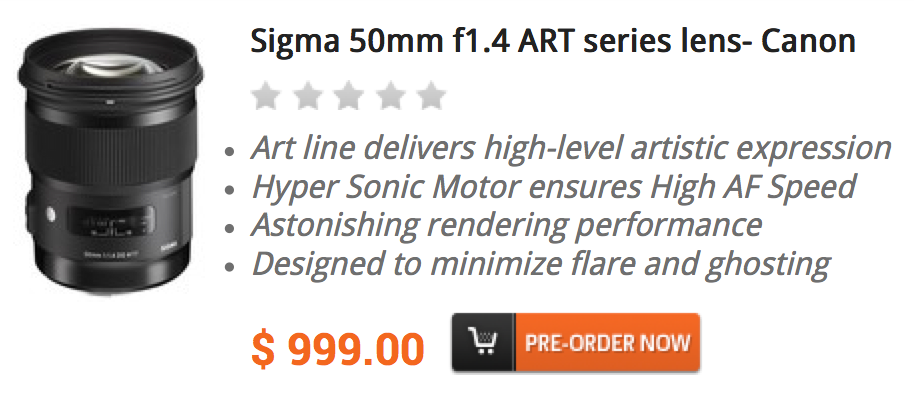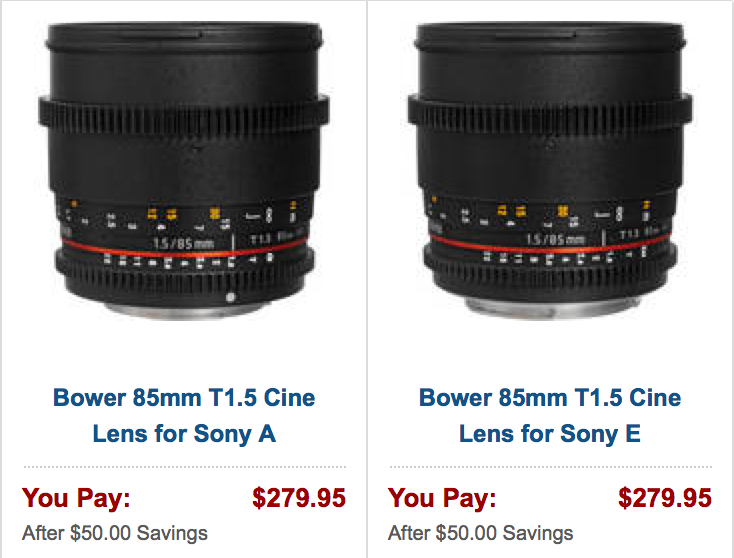$100 off on the Sigma 18-250mm A-mount lens. $200 off on 17-50mm. SD card and mroe Sony deals!
[shoplink 25355 ebay]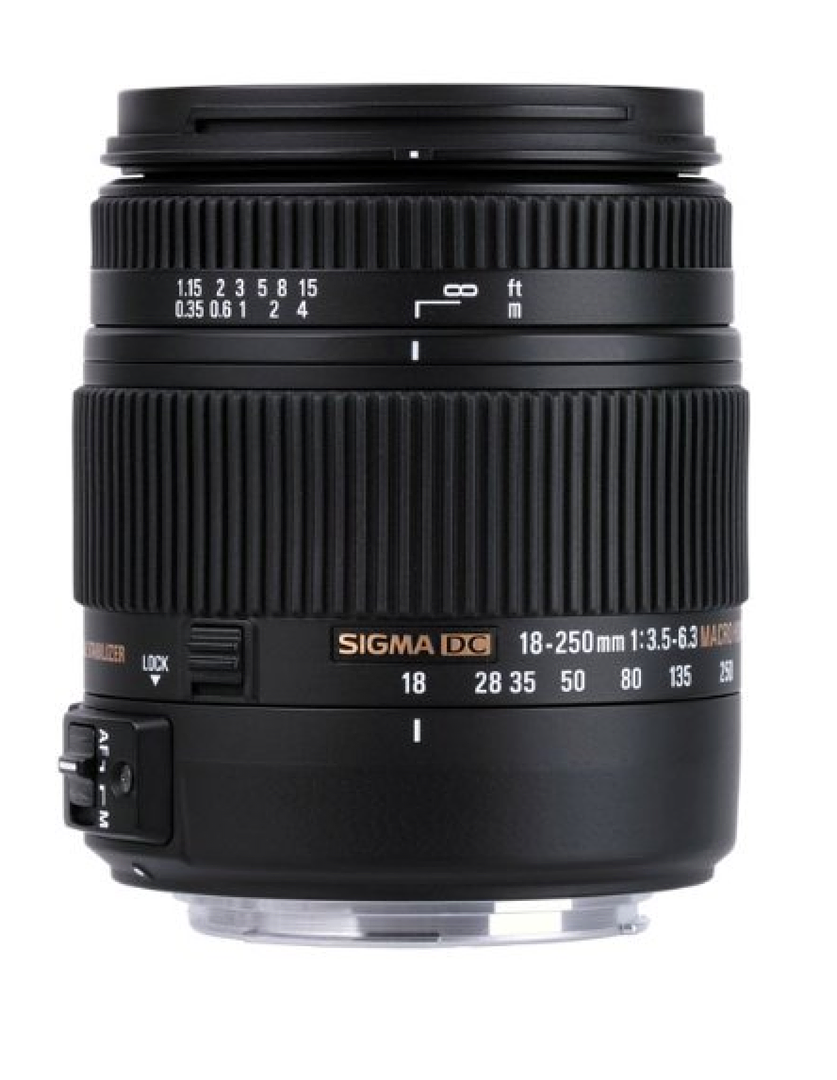 [/shoplink]
[/shoplink]
As part of a new official eBay deal action you can save $100 on the [shoplink 25355 ebay]Sigma 18-250mm A-mount lens (Click here)[/shoplink].
$200 off on the Sigma 17-50mm lens at BHphoto (Click here).
New low price on the Lexar 32GB SDHC UHS-1 Class 10 – 2 Pack at BHphoto (Click here).
There is also a up to 65% savings on Samsung SD cards at Amazon (Click here).
Also this one runs today only: 10% off on Sony cameras at Roberts (Click here).
—-—All other current Sony US deals:
Sony A99:
A99 with a free(!) grip for $2299 at Amazon (Click here), BHphoto (Click here) and Sony Store (Click bere).
Buy.com (now Rakuten) is selling the Sony A99 for $1,899.99 only. The offer runs out of time within the next couple of hours.
Sony A7 and A7r:
A7-A7r up to $650 savings are still running at Amazon (Click here), BHphoto (Click here) and Sony Store (Click bere).
You can trade it any camera you have (also a $10 cheap used compact) and get a $300 credit for the A7 or A7r purchase at Focuscamera (Click here) , Adorama (Click here) or BHphoto (Click here).
Sony RX10 and RX100II:
Save $240 on Select Accessories with the Purchase of the Sony RX10 Digital Camera at Amazon and SonyStore.
Save up to $550 on Select Sony Accessories with Sony RX1 Series Camera Purchase at Amazon.
“Old” NEX series:
Total of $398.90 free extras comes along the NEX-6 body at BHphoto (Click here).
Sony NEX-6 double lens kit for $869 via third party resellers at Amazon US (Click here).
Sony NEX-7 with two lenses and extras for $899 (substract the $100 gift card) at BHphoto (Click here).
NEX-3n with kit lens is again back in Stock for $299 only at Amazon US (Click here).
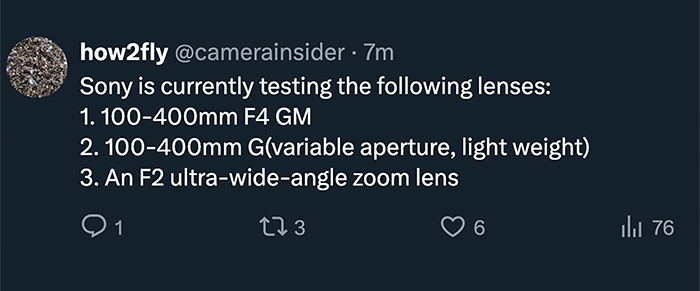

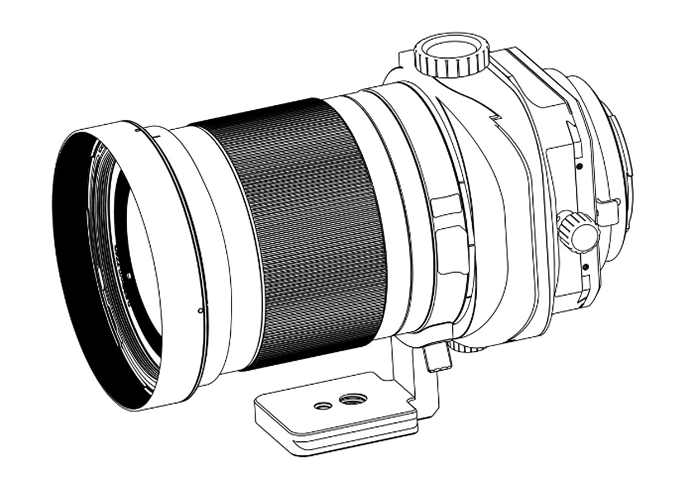

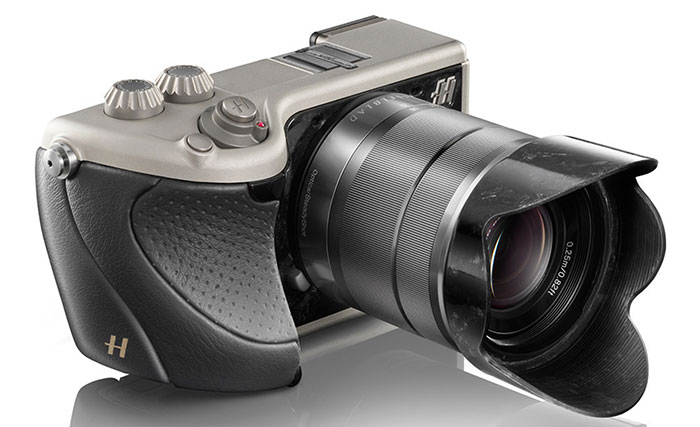 [/shoplink]
[/shoplink]

